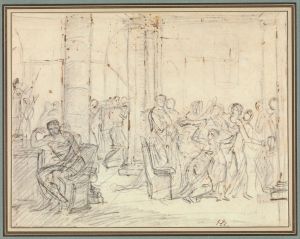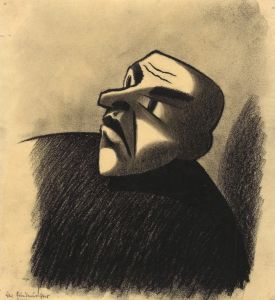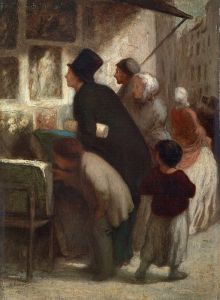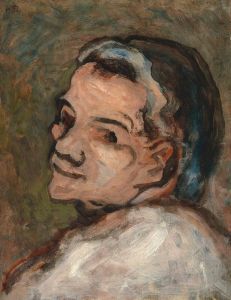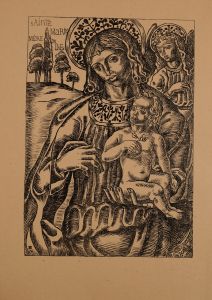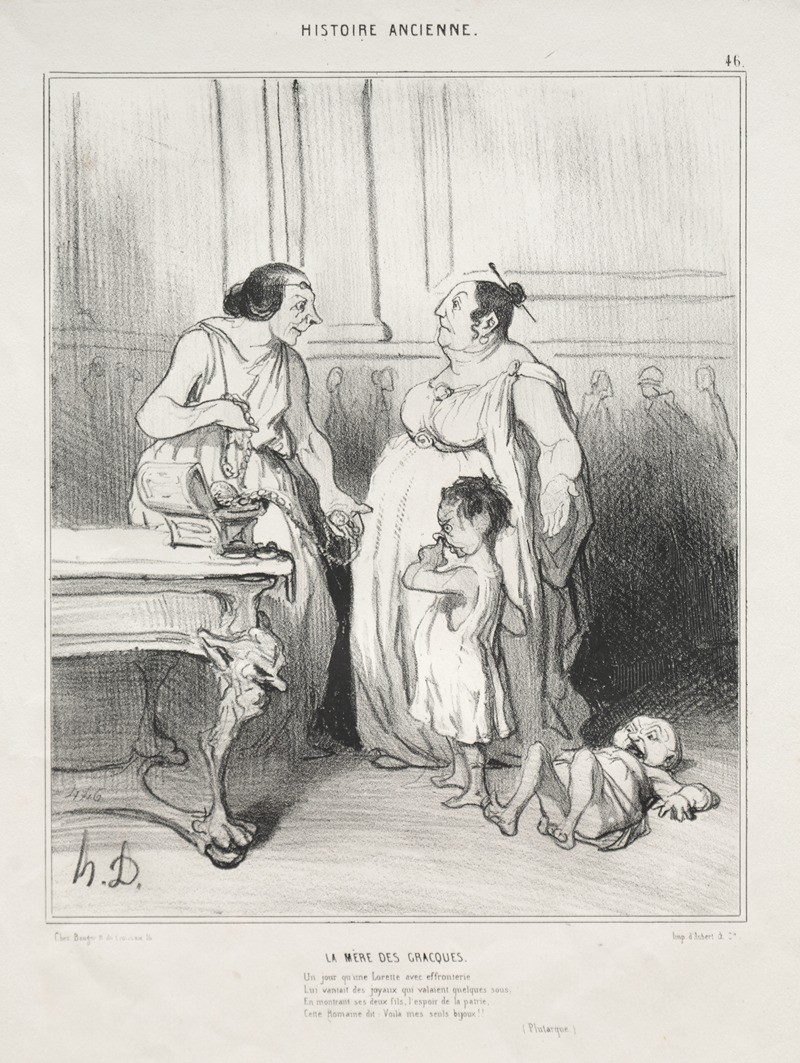
The Mother of the Gracchi
A hand-painted replica of Honoré Daumier’s masterpiece The Mother of the Gracchi, meticulously crafted by professional artists to capture the true essence of the original. Each piece is created with museum-quality canvas and rare mineral pigments, carefully painted by experienced artists with delicate brushstrokes and rich, layered colors to perfectly recreate the texture of the original artwork. Unlike machine-printed reproductions, this hand-painted version brings the painting to life, infused with the artist’s emotions and skill in every stroke. Whether for personal collection or home decoration, it instantly elevates the artistic atmosphere of any space.
Honoré Daumier's "The Mother of the Gracchi" is a notable work by the French artist, who is renowned for his contributions to painting, caricature, and sculpture during the 19th century. Daumier, born in 1808 and active until his death in 1879, is often celebrated for his keen social commentary and his ability to capture the essence of the human condition through his art.
"The Mother of the Gracchi" is a painting that reflects Daumier's interest in historical themes and his ability to convey powerful narratives through his work. The painting draws inspiration from the story of Cornelia Africana, the mother of the Gracchi brothers, Tiberius and Gaius Gracchus, who were significant figures in Roman history known for their efforts in social reform. Cornelia is often depicted as a model of virtuous Roman motherhood, emphasizing the importance of family and civic duty.
In this work, Daumier captures the essence of Cornelia's character, highlighting her role as a devoted mother and a symbol of moral integrity. The painting is characterized by Daumier's distinctive style, which often includes bold lines, expressive forms, and a focus on the emotional depth of his subjects. His use of light and shadow adds a dramatic effect, enhancing the narrative quality of the scene.
Daumier's choice to depict Cornelia and her sons aligns with his broader artistic themes, which frequently explore social justice, political issues, and the struggles of the common people. Although Daumier is primarily known for his satirical lithographs that critiqued the political and social climate of his time, his paintings, including "The Mother of the Gracchi," demonstrate his versatility and depth as an artist.
The painting is part of Daumier's broader body of work that often revisits historical and literary subjects, providing a lens through which contemporary audiences could reflect on their own societal conditions. His works are known for their ability to transcend the specific historical context and resonate with universal themes of justice, family, and morality.
While Daumier's paintings were not as widely recognized during his lifetime as his lithographs, they have since gained appreciation for their artistic merit and the insight they provide into his broader oeuvre. "The Mother of the Gracchi" exemplifies Daumier's skill in combining historical narrative with his unique artistic vision, making it a significant piece within his collection.
Today, Daumier's works, including "The Mother of the Gracchi," are held in high regard and can be found in various museums and collections around the world. They continue to be studied and admired for their artistic quality and the social commentary they encapsulate, reflecting Daumier's enduring legacy as a master of both satire and serious art.





